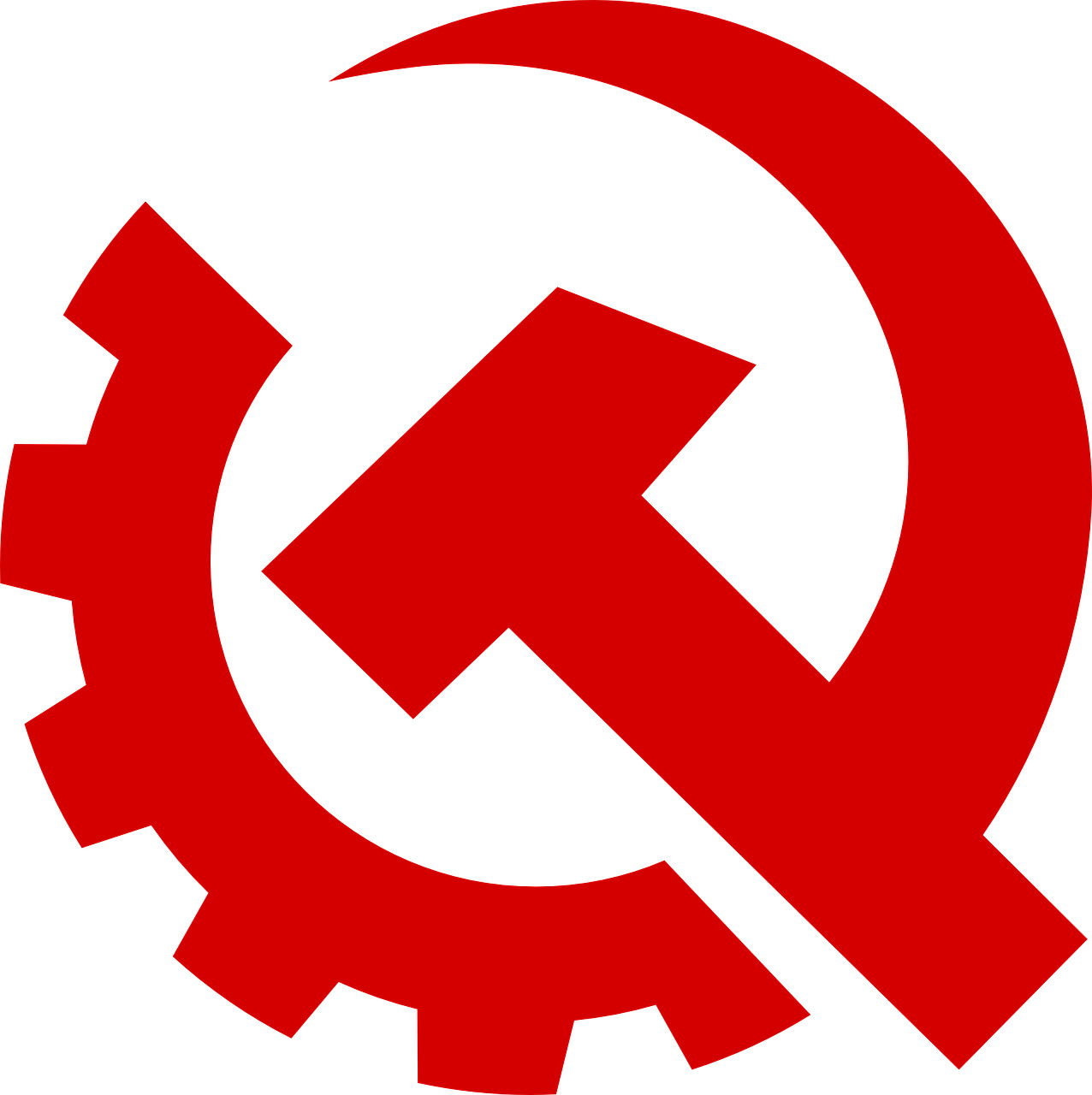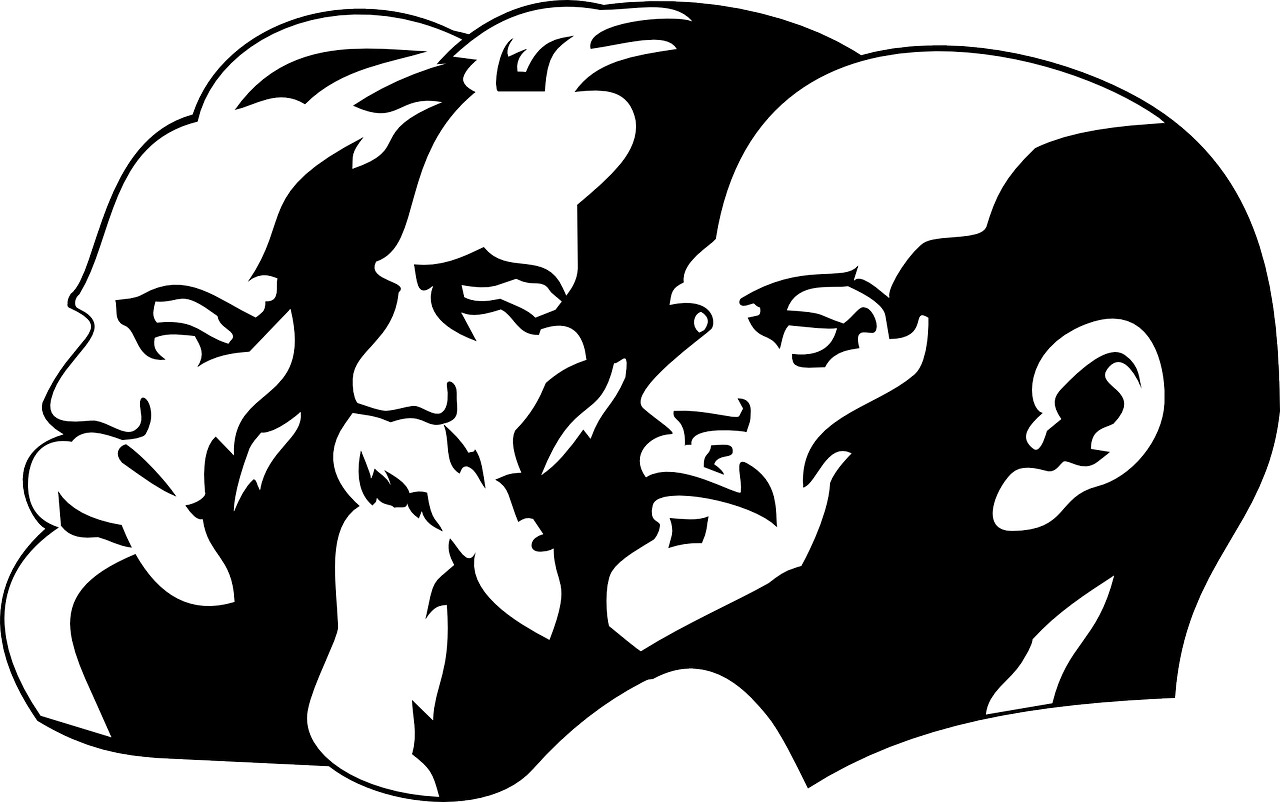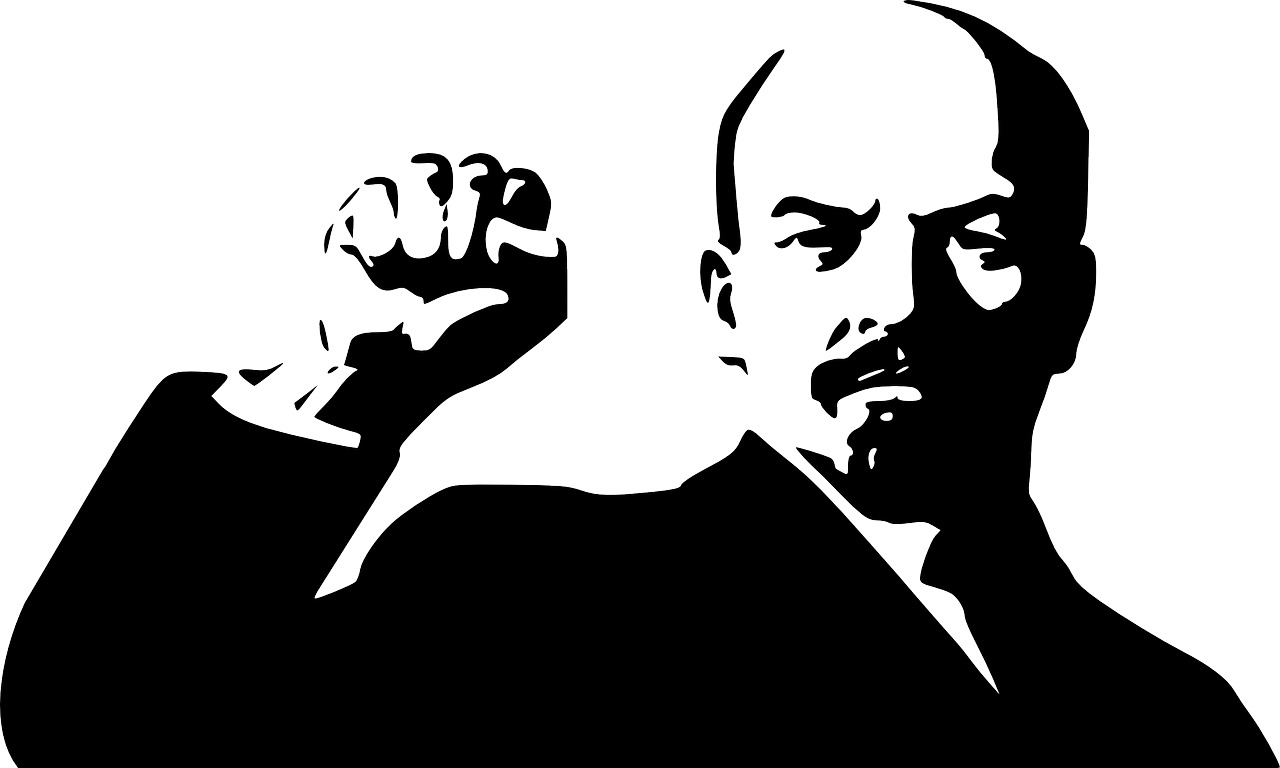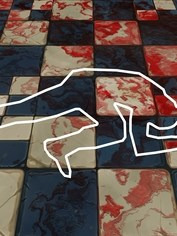
Бесплатный фрагмент - Who is Lenin or the father of world communism
All about the life of V. I. Lenin
Vladimir Lenin is the great leader of the working people of the whole world, who is considered the most outstanding politician in world history, who created the first socialist state.
The Russian communist philosopher-theoretician, who continued the work of Marx and Engels, whose activity was widely deployed in the early 20th century, is still of interest to the public today, as its historical role is not only significant for Russia, but for the whole world. Lenin’s activities have both positive and negative assessments, which does not prevent the founder of the USSR from remaining the leading revolutionary in world history.

Childhood, education and upbringing
Vladimir Ilyich Lenin (real name Ulyanov, April 10 (22) 1870, Simbirsk — January 21, 1924, Gorky estate, Moscow province) — Russian and Soviet political and state leader, revolutionary, creator of the Bolshevik Party, one of the organizers and leaders of the October Revolution of 1917 year, chairman of the Council of People’s Commissars (government) of the RSFSR and the USSR. A philosopher, Marxist, publicist, the founder of Marxism-Leninism, the ideologist and creator of the Third (Communist) International, the founder of the Soviet state. The sphere of basic scientific works is philosophy and economics.
Vladimir Ilyich Ulyanov was born in Simbirsk (now Ulyanovsk), in the family of Ilya Nikolayevich Ulyanov (1831—1886), inspector and director of the traditional schools of the Simbirsk province, — the son of the former serf farmer of the Nizhny Novgorod province Nikolai Ulyanov (variant of the surname: Ulyanin), married to Anna Smirnova — the daughter of an Astrakhan petty bourgeois (according to the version of the Soviet writer Shaginyan ME, descended from the genus of baptized Chuvashes). Mother — Maria Aleksandrovna Ulyanova (nee Blank, 1835—1916), of Swedish-German descent by mother, and of Jewish by father. IN Ulyanov rose to the rank of a state councilor. In 1879—1887 Vladimir Ulyanov studied at the Simbirsk gymnasium, headed by FM Kerensky, the father of AF Kerensky, the future head of the Provisional Government (1917).
In 1887 he graduated from the gymnasium with a gold medal and entered the law faculty of Kazan University. FM Kerensky was very disappointed with the choice of Volodya Ulyanov, since he advised him to enter the university’s history and verbal faculty because of the great successes of younger Ulyanov in Latin and literature. In the same year, 1887, on May 8 (20), Vladimir Ilyich’s elder brother Alexander was executed as a participant in the Narodnaya Volya conspiracy to assassinate the life of Emperor Alexander III. Three months after his arrival, Vladimir Ilyich was expelled for his participation in student riots caused by the new university statute, the introduction of police supervision of students and a campaign to combat “unreliable” students.
According to the inspector of students, who suffered from student unrest, Vladimir Ilyich was in the forefront of raging students, almost with clenched fists. As a result of the upheaval, Vladimir Ilyich, among 40 other students, was arrested the next night and sent to a police station. All those arrested were expelled from the university and sent to the “homeland”. Later, another group of students left Kazan University in protest against the repression. Among the volunteers who left the university was Lenin’s cousin, Vladimir Alexandrovich Ardashev. After the petitions of Lyubov Alexandrovna Ardasheva, Aunt Vladimir Ilyich, he was deported to the village of Kokushkino of the Kazan province, where he lived in the Ardashevs’ house until the winter of 1888—1889.
The beginning of revolutionary activity
In the autumn of 1888 Ulyanov was allowed to return to Kazan. Here he joined one of the Marxist circles organized by NE Fedoseev, where the works of K. Marx, F. Engels and G. V. Plekhanov were studied and discussed. In 1924 NK Krupskaya wrote in Pravda: “Plekhanov loved Lenin with passion. Plekhanov played a major role in the development of Vladimir Ilyich, helped him find the right revolutionary path, and therefore Plekhanov was surrounded for a long time by him a halo: he experienced extremely insignificant disagreement with Plekhanov”.
For some time, Lenin tried to farm in the estate he had bought in Alakayevka (83.5 desiatinas) in the Samara province. In Soviet times, the Lenin house-museum was created in this village. In the autumn of 1889, the Ulyanov family moved to Samara, where Lenin also maintained contact with local revolutionaries. In 1891, Vladimir Ulyanov passed an external exam for the course of the law faculty of St. Petersburg University. In 1892—1893, Vladimir Ulyanov worked as an assistant to the Samara attorney (lawyer) NA Hardin, leading in most criminal cases, conducted “state protection.” In 1893 Lenin came to St. Petersburg, where he settled himself as an assistant to the attorney (lawyer) MF Volkenstein.
In St. Petersburg he wrote works on the problems of Marxist political economy, the history of the Russian liberation movement, the history of the capitalist evolution of the Russian post-reform village and industry. Some of them were published legally. At this time, he also worked out the program of the Social Democratic Party. The activities of VI Lenin as a publicist and researcher of the development of capitalism in Russia on the basis of extensive statistical materials make him known among social democrats and opposition-minded liberal figures, as well as in many other circles of Russian society.
In May 1895, Ulyanov traveled abroad. He meets in Switzerland with Plekhanov, in Germany — with V. Liebknecht, in France — with P. Lafargue and other figures of the international workers’ movement, and on his return to the capital in 1895, along with Yu. O. Martov and other young revolutionaries, unites the scattered Marxist circles in the “Union of Struggle for the Emancipation of the Working Class”. “Union of Struggle” conducted active propaganda among workers, they were issued more than 70 leaflets.
In December 1895, like many other members of the Union, Ulyanov was arrested and, after a prolonged detention in prison in 1897, was sentenced to 3 years in the village of Shushenskoye in the Yenisei province, where in July 1898 he married NK Krupskaya. In exile he wrote on the collected material the book “The Development of Capitalism in Russia”, directed against “legal Marxism” and Narodnik theories. During the exile more than 30 works were written, communication with the Social Democrats of St. Petersburg, Moscow, Nizhny Novgorod, Voronezh and other cities was established. By the end of the nineties, under the pseudonym “K. Tulin “VI Ulyanov acquires fame in the Marxist circles. In exile Ulyanov advised on legal issues of local peasants, drafted legal documents for them.

The first emigration of 1900—1905
In 1898 in Minsk, in the absence of the leaders of the St. Petersburg Union of Struggles, the First Congress of the RSDLP was held, which “established” the Russian Social-Democratic Labor Party by adopting the Manifesto; All the members of the Central Committee elected by the congress and the majority of the delegates were immediately arrested; many of the organizations represented at the congress were routed by the police. The leaders of the “Union of Struggle” who were in exile in Siberian exile decided to unite the numerous social-democratic organizations and Marxist circles scattered throughout the country with the help of the newspaper.
After the end of the exile in February 1900, Lenin, Martov and AN Potresov traveled around Russian cities, establishing links with local organizations; July 29, 1900 Lenin travels to Switzerland, where he holds talks with Plekhanov on the publication of a newspaper and a theoretical journal. The editorial board of the newspaper, which was called Iskra (later the magazine Zarya appeared) included three representatives of the emigre group Emancipation of Labor, Plekhanov, PB Axelrod and VI Zasulich, and three representatives of the Union of Struggle — Lenin, Martov and Potresov. The average circulation of the newspaper was 8,000 copies, and some numbers — up to 10,000 copies. The spread of the newspaper contributed to the creation of a network of underground organizations on the territory of the Russian Empire.
In December 1901, Lenin first signed the pseudonym “Lenin” one of his articles published in Iskra. In 1902, in the work “What to do? The nagging questions of our movement “Lenin came up with his own concept of the party, which he saw as a centralized combat organization. In this article he writes: “Give us an organization of revolutionaries, and we will turn Russia over!”.

Participation in the work of the Second Congress of the RSDLP (1903)
From July 17 to August 10, 1903, the Second Congress of the RSDLP was held in London. Lenin took an active part in the preparation of the Congress not only with his articles in Iskra and Zarya; Since the summer of 1901, together with Plekhanov, he worked on the draft party program, drafted a charter. The program consisted of two parts — a minimum program and a maximum program; the first proposed the overthrow of tsarism and the establishment of a democratic republic, the destruction of the remnants of serfdom in the countryside, in particular the return to the peasants of lands cut off from them by the landowners in the abolition of serfdom (the so-called “cut-offs”), the introduction of an eight-hour day, recognition of the right of nations to self-determination and the establishment of equality nations; the maximum program determined the ultimate goal of the party-the building of a socialist society and the conditions for achieving this goal-the socialist revolution and the dictatorship of the proletariat.
Бесплатный фрагмент закончился.
Купите книгу, чтобы продолжить чтение.
